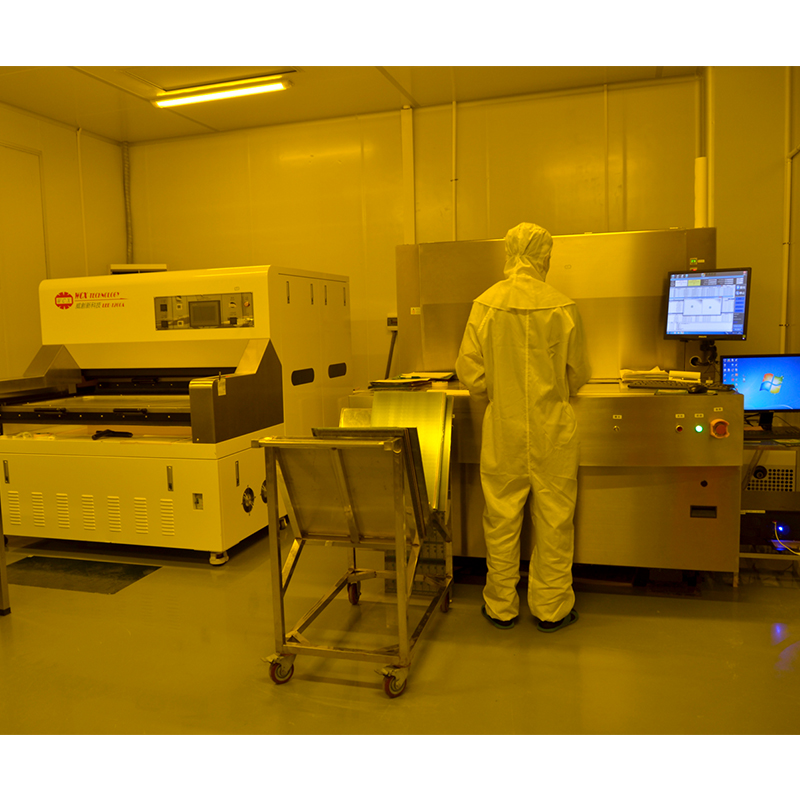In recent years, LED lighting has gained popularity due to its energy efficiency and enhanced durability. Therefore, manufacturers and designers are constantly looking for innovative solutions to integrate LED technology into various applications. One solution with great potential is the use of rigid-flex PCB boards. Not only do these boards offer design flexibility, they also offer numerous advantages for LED lighting applications.
Before we delve into the advantages of using rigid-flex PCB boards for LED lighting, let’s first understand what they are. Rigid-flex PCB board is a combination of rigid and flexible printed circuit boards. They are composed of multiple layers of rigid PCBs interconnected by flexible PCBs to form a unit. This unique composition allows for structural rigidity and flexibility, making it ideal for applications requiring both.
Now let’s explore the reasons why rigid-flex PCB boards are the best choice for LED lighting applications.
1. Space-saving, compact design:
LED lighting applications often involve limited space constraints. The advantage of rigid-flex PCB boards is that they can be installed in small spaces without affecting functionality. Their flexible sections can be bent or folded to conform to the shape of the product, allowing for a compact design. This feature is particularly useful when designing LED lighting applications with specific form factors, such as curved or irregularly shaped fixtures.
2. Enhanced reliability and durability:
LED lighting fixtures are expected to have a long service life and withstand harsh environmental conditions. Rigid-flex PCB boards are designed to meet these demanding requirements. The combination of rigid and flexible sections ensures better resistance to shock and vibration, reducing the risk of component failure. Additionally, the absence of traditional connectors and cables minimizes the possibility of loose connections and wiring issues, further increasing the reliability and durability of LED lighting systems.
3. Improved thermal management:
Heat dissipation is a critical aspect of LED lighting applications, as excess heat can affect LED performance and lifespan. The combination of rigid and flexible PCB boards can effectively solve this problem. The rigid portion of the board acts as an effective heat sink, allowing for better thermal management. Integrating a heat sink into the PCB design helps dissipate the heat generated by the LED more efficiently, thereby improving thermal performance and extending LED life.
4. Design flexibility:
LED lighting applications often require custom designs to meet specific requirements. Rigid-flex PCB boards provide design flexibility, allowing designers to create unique and complex LED lighting systems. The combination of rigid and flexible parts allows designers to experiment with different shapes, sizes and configurations to create beautiful lighting products.
5. Cost-effectiveness:
Although the initial cost of designing and manufacturing rigid-flex PCB boards may be higher than traditional PCBs, they can result in significant cost savings in the long run. Their durability and reliability reduce the need for frequent repairs and replacements, thus lowering maintenance costs. In addition, the compact design and space-saving capabilities of rigid-flex PCB boards help reduce transportation and storage costs.
In summary
Rigid-flex PCB boards can indeed be effectively used in LED lighting applications. Their space-saving design, enhanced reliability, improved thermal management, design flexibility and cost-effectiveness make them an excellent choice for integrating LED technology into a variety of lighting fixtures. As technology advances and the demand for efficient, durable lighting solutions continues to grow, it is logical that rigid-flex PCB boards will play a vital role in the future of LED lighting.
Post time: Oct-07-2023
Back







